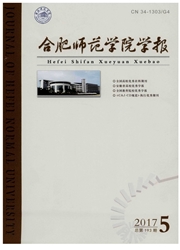

 中文摘要:
中文摘要:
Proton radioactivity has been investigated using the effective liquid drop model with varying mass asymmetry shapes and effective inertial coefficients. An effective nuclear radius constant formula replaces the old empirical one in the calculations. The theoretical half-lives are in good agreement with the available experimental data. All the deviations between the calculated logarithmic half-lives and the experimental values are less than 0.8.The root-mean-square(rms) deviation is 0.523. Predictions for the half-lives of proton radioactivity are made for elements across the periodic table. From the theoretical results, there are 11 candidate nuclei for proton radioactivity in the region Z <51. In the region Z >83, no nuclei are suggested as probable candidate nuclei for proton radioactivity within the selected range of half-lives studied.
 英文摘要:
英文摘要:
Proton radioactivity has been investigated using the effective liquid drop model with varying mass asymmetry shapes and effective inertial coefficients. An effective nuclear radius constant formula replaces the old empirical one in the calculations. The theoretical half-lives are in good agreement with the available experimental data. All the deviations between the calculated logarithmic half-lives and the experimental values are less than 0.8. The root-mean-square (rms) deviation is 0.523. Predictions for the half-lives of proton radioactivity are made for elements across the periodic table. From the theoretical results, there are 11 candidate nuclei for proton radioactivity in the region Z〈51. In the region Z〉83, no nuclei are suggested as probable candidate nuclei for proton radioactivity within the selected range of half-lives studied.
 同期刊论文项目
同期刊论文项目
 同项目期刊论文
同项目期刊论文
 期刊信息
期刊信息
